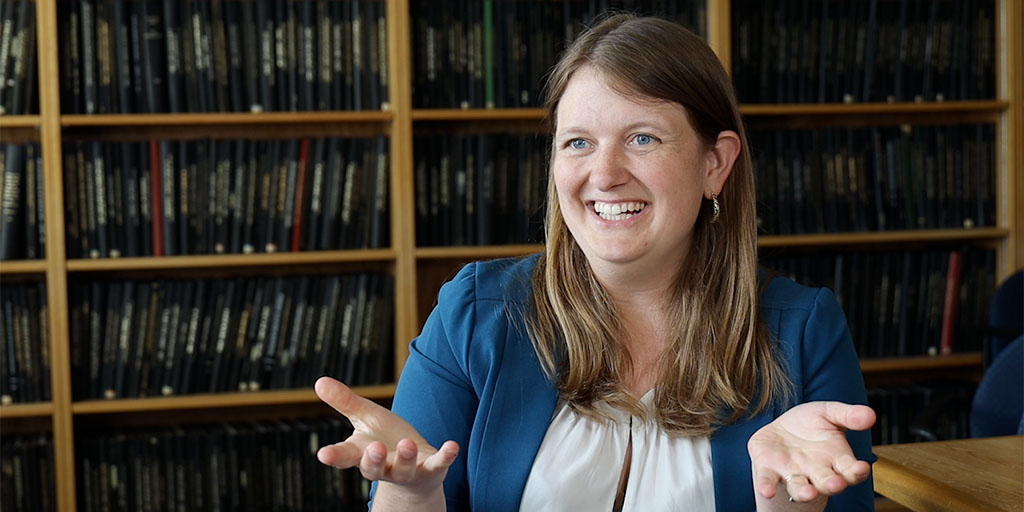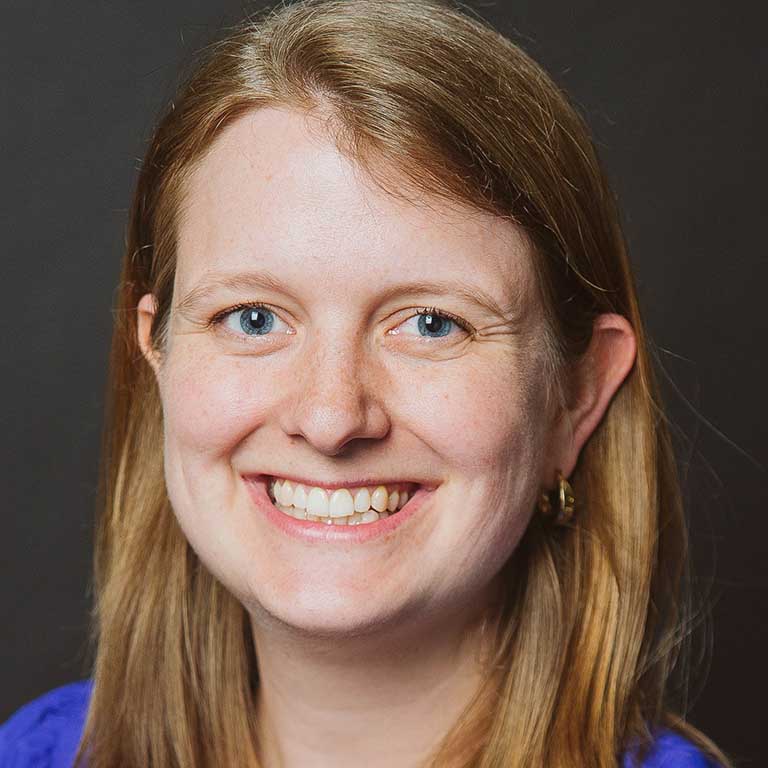PBS Professor Liz Gunderson recalls that she explored many areas of psychology as an undergraduate majoring in psychology and computer science: social robotics, animal research, behavioral studies with monkeys. “All really fascinating,” she says. But over the course of two gap years after college, Gunderson decided she wanted to do psychology research with real-world impact. That is how she arrived in the field of children’s learning, studying how children learn math, the focus of her graduate school studies at the University of Chicago.
Gunderson now comes to IU as a full professor under the F100 initiative through which the university plans to hire 100 new faculty from a set of core research areas, among them Precision Developmental Science.
As a researcher in this field, Gunderson studies how children’s math abilities develop and how this development varies across children. She considers how the home environment impacts math learning in different ways, as well as how social factors such as gender and socio-economic backgrounds play a role in the process.
As she explains it, “One of the big features of my research program is combining cognitive, social, emotional, and motivational approaches, how the same interaction between a parent and child can influence that child’s cognitive development, but also their motivation. So, for example in math, parents might be helping their child with homework, and at the same time that the child is better understanding fractions (or not), they’re also picking up ideas or attitudes from the parent about whether math is fun or scary. These social, motivational, and cognitive aspects are all happening at the same time, varying across people and families, and varying across time and circumstances in other ways as well.”




 The College of Arts
The College of Arts